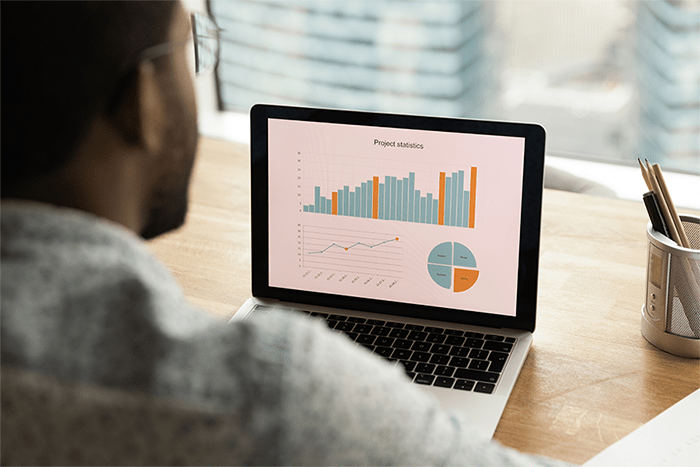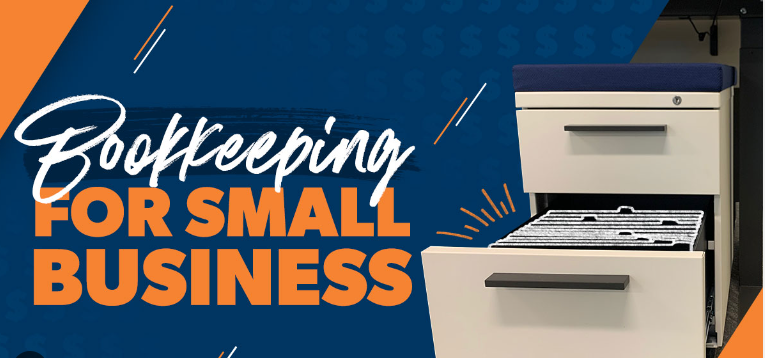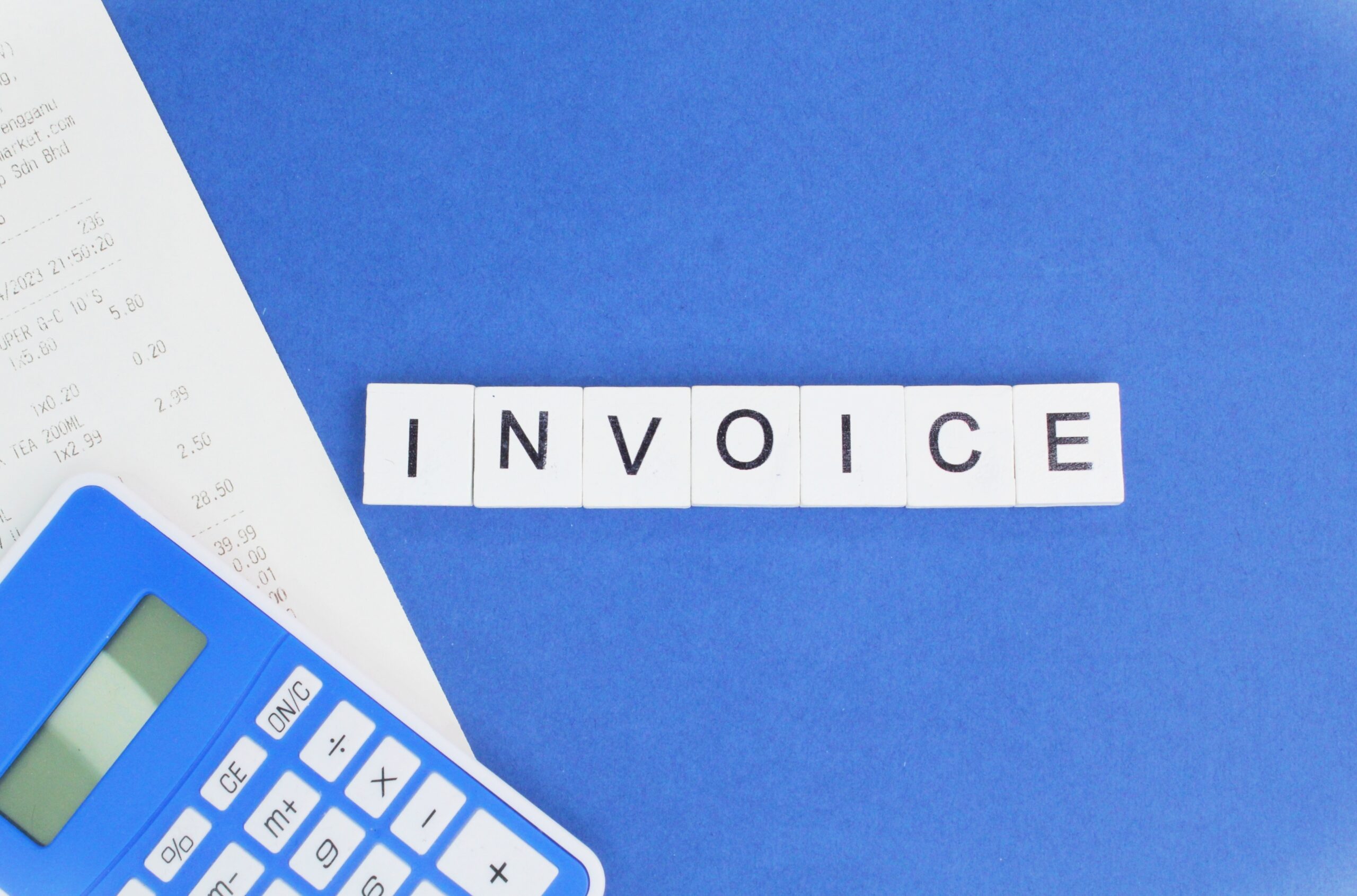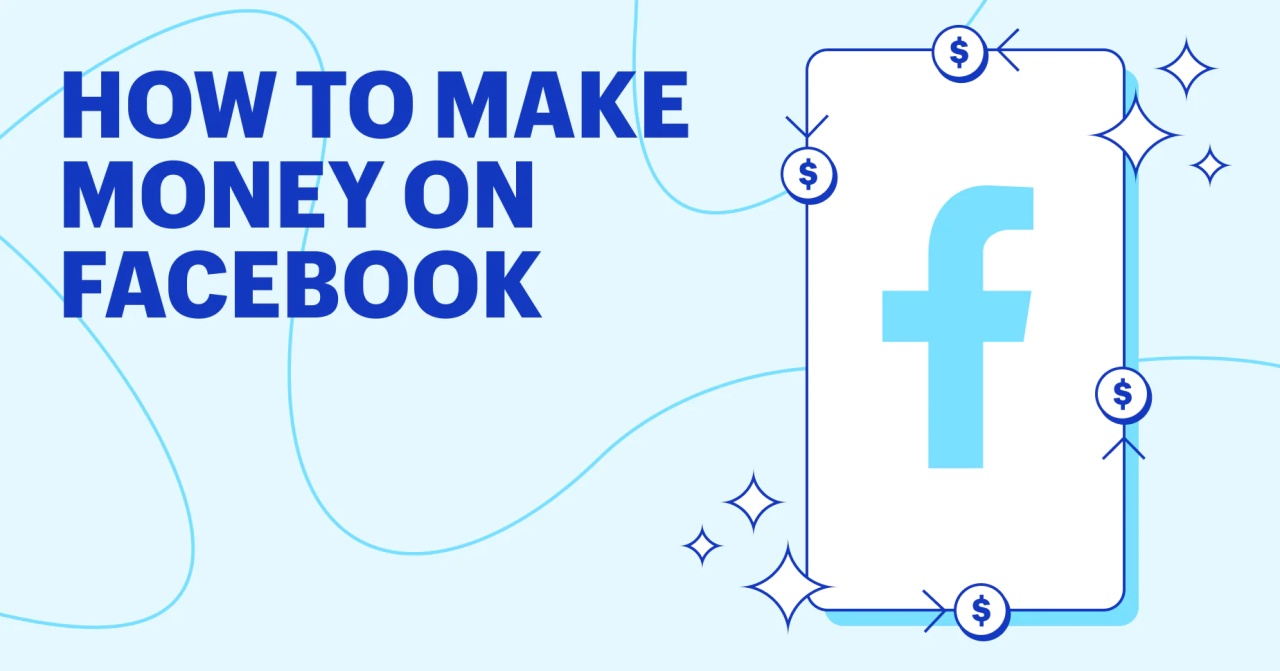Pricing your product correctly is more than just basic math—it’s a blend of cost analysis, customer perception, competitor awareness, and strategic planning. Whether you’re selling handcrafted jewelry from Cape Town, running an online store for South African goods, or launching digital services globally, setting the right price is essential for profitability and growth.
In this guide, we’ll walk you through proven pricing strategies and step-by-step methods to determine the ideal price for your products. We’ll also show you how ProInvoice simplifies the process of documenting and sending invoices once your product is priced and sold (get started for free here).
1. Understand the Components of Your Price
Before digging into strategies, break down the elements that contribute to pricing:
- Variable Costs—Direct costs that fluctuate with each unit (e.g., materials, labor, packaging).
- Fixed Costs—Overheads like rent, utilities, equipment, and admin that remain constant regardless of production volume.
- Profit Margin—The percentage of profit you want to earn above your total cost.
A practical approach from Swoop ZA suggests calculating price with this formula: Price = Variable Cost + Fixed Cost Allocation + Desired Profit Margin.
2. Explore Core Pricing Strategies
Several effective pricing models can guide how you set product prices:
- Cost-Plus Pricing: Add a fixed markup to your total cost. This simple approach is widely used, especially for physical goods.
- Value-Based Pricing: Price based on the perceived value your product offers to customers—not just production cost. This approach often yields better profitability and customer alignment.
- Competitive Pricing: Benchmark your price against similar offerings in the market. You can price below, equal to, or above competitors based on your brand positioning.
- Penetration Pricing: Launch with a lower introductory price to gain market share quickly, then gradually increase it.
- Price Skimming: Start with a high price for early adopters, then lower it later to capture more budget-conscious customers.
- Good-Better-Best (Tiered Pricing): Offer standard, premium, and deluxe versions at progressively higher prices to appeal to different customer segments.
- Bundle Pricing: Package multiple items or services at a discount compared to buying them individually—an excellent way to drive volume.
- Psychological Pricing: Use pricing like R199 instead of R200 to make the price appear more attractive.
3. South African Insights on Effective Pricing
Empirical research within South African SMEs reveals that value-based pricing tends to outperform cost-plus and competitor-based pricing in terms of growth and profitability—especially when supported by strategic positioning and pricing capabilities.
Local business owners also benefit from tapping into insights like production time, logistics, and customer loyalty when determining price. For example, crafters in Diepsloot price products based on materials, labor, and market perceptions of worth. Logistics-driven businesses may integrate delivery security and marketing into their cost structure.
4. Step-by-Step Pricing Framework
Here’s a structured way to approach pricing:
Step 1: Calculate Costs
- Determine the total variable cost per unit.
- Allocate fixed costs across expected sales volume.
Step 2: Set Profit Margin
- Decide on a margin (e.g., 20–50%) that supports sustainability.
Step 3: Select a Pricing Strategy
- Choose from cost-plus, value-based, competitive, or tiered models. Tailor based on product type and audience.
Step 4: Adjust Based on Market Insights
- Consider competitor prices and customer perceptions.
- Use psychological pricing or bundling if appropriate.
Step 5: Test Price Acceptance
- Monitor sales, gather feedback, and be ready to adjust gradually.
5. Real-World Example: Handmade Artisan Goods in Cape Town
Suppose you sell handcrafted ceramic mugs. Let’s walk through the calculation:
- Variable Cost: R30 (materials) + R20 (packaging/labor) = R50
- Fixed Cost Allocation: R2,000 rent per month / 200 mugs = R10
- Total Cost: R60
- Applying a 40% margin → R60 × 1.4 = R84
Now choose a strategy. If positioned as artisanal luxury, you might price it at R99 (psychological). Bundle it with coasters for R175 using a tiered pricing model.
6. Leverage ProInvoice for Your Pricing Workflow
After setting your price, you need an efficient and professional way to invoice clients—and here’s where ProInvoice shines:
- Quickly create branded invoices that reflect your pricing model (single product, bundle tiers, etc.).
- Track payments and automate reminders to ensure revenue flow matches your pricing strategy.
- Export your records to analyze real profit per product and adjust pricing over time.
Ready to streamline your billing? Get started with ProInvoice—it’s free to use and globally accessible. Sign up now.
Final Thoughts
Pricing is both a strategy and a skill. By carefully calculating costs, choosing a fitting pricing strategy, and continuously testing, South African businesses and global entrepreneurs can strike the perfect balance between customer value and business sustainability.
With tools like ProInvoice, you can not only price your products with confidence but also ensure clean, professional, and growth-oriented invoicing—without effort.













